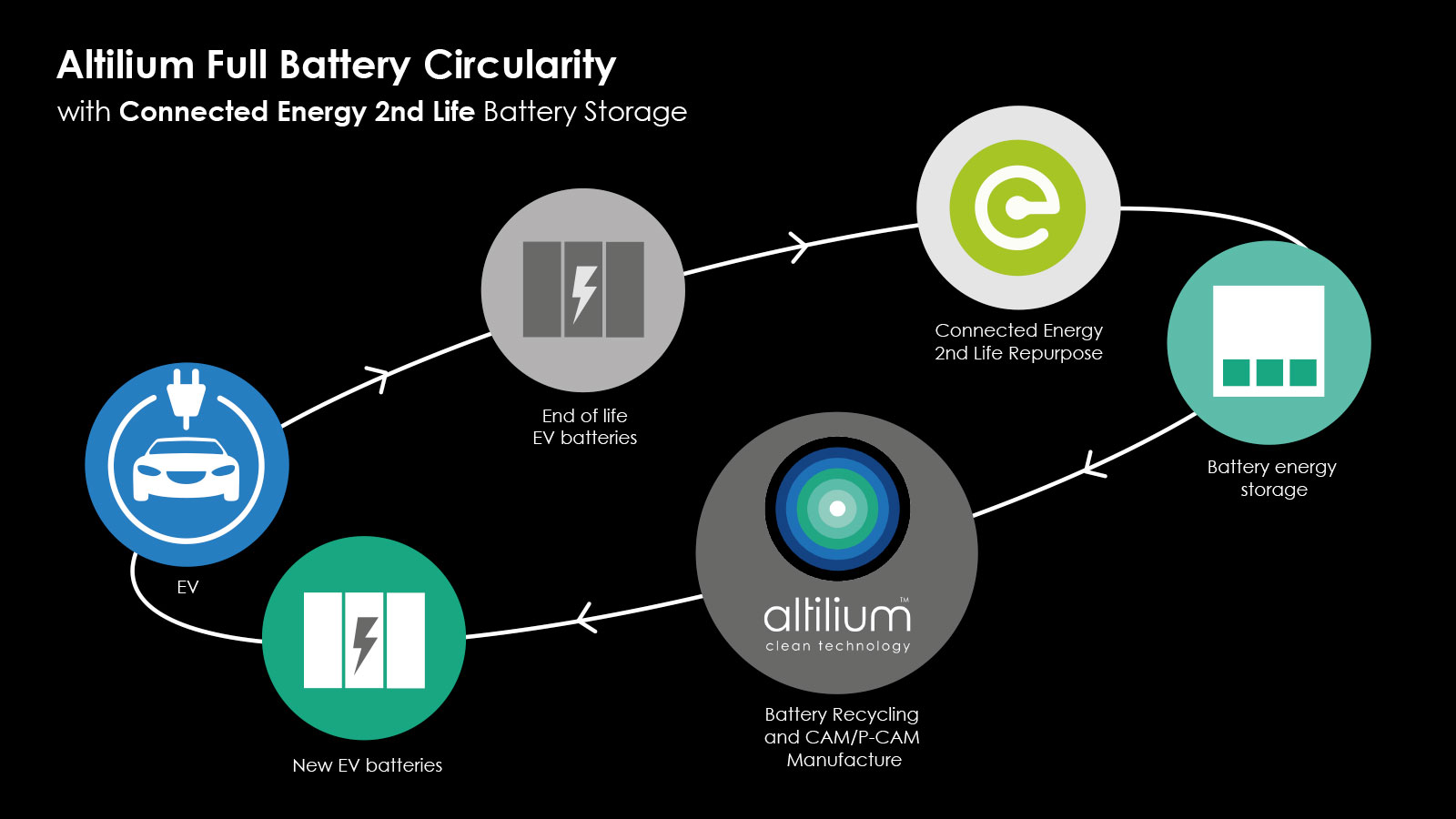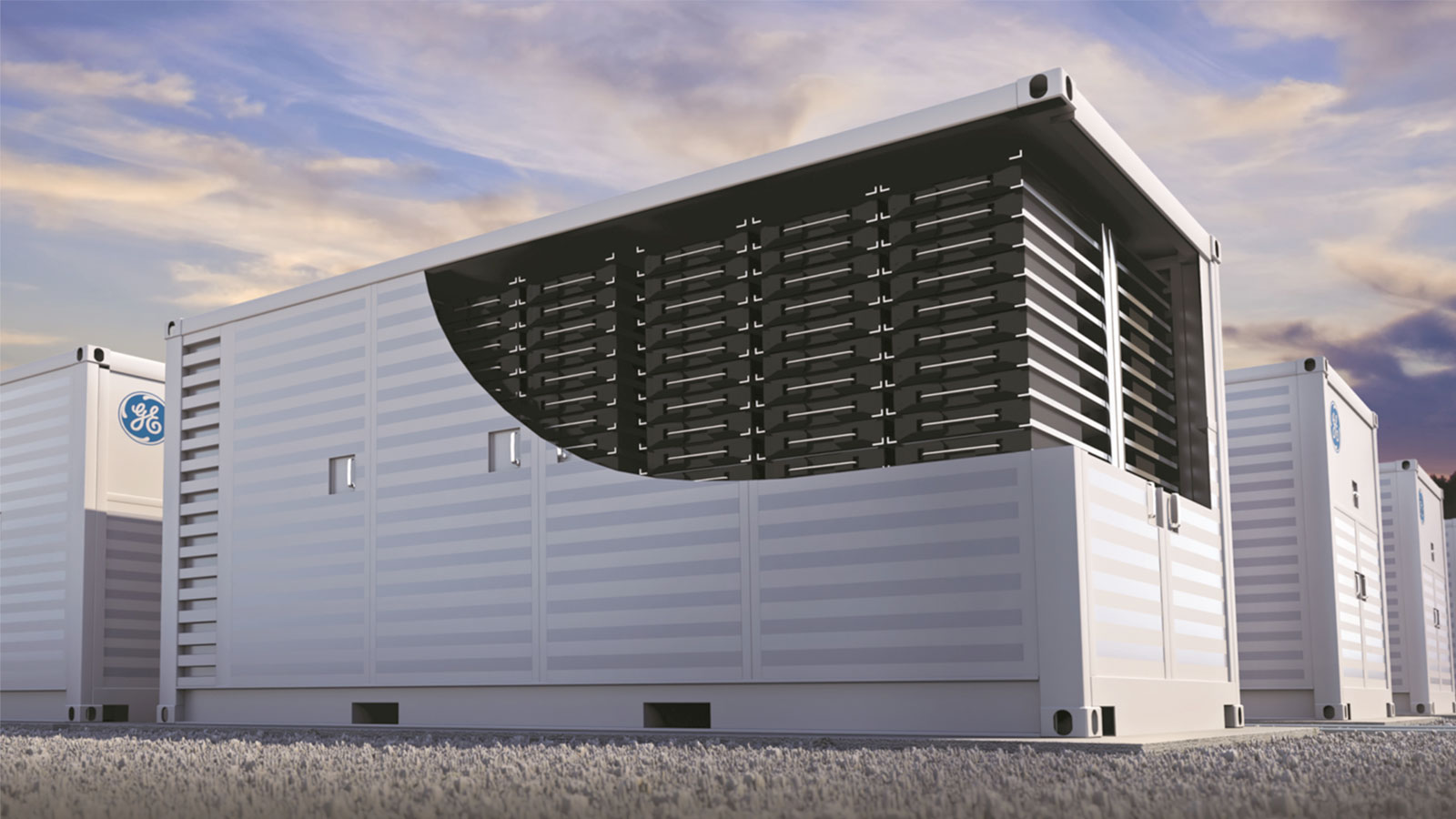David Bond, Chairman, Centiel UK, explains why we need to explore sustainable UPS designs for the sake of future generations.
The Manic Street Preachers’ song A Design for Life examines working class identity in Britain. I’m borrowing their title, but sustainability is the topic for discussion – and it is an issue for all social classes and industries, and none more so than the data centre industry.
A throw away culture is no longer sustainable
Up until now, data centres have needed to install an uninterruptible power supply (UPS) and replace it at the end of a typical design life of around 10 years. However, ripping out the system and upgrading it is hugely disruptive and inevitably puts the critical load at risk while the upgrade takes place. While the ‘throw away and buy new’ culture of the past has supported this approach, it is both wasteful with resources and disruptive.
In the past, despite disruption, upgrading the UPS meant upgrading to better technology. Like buying a mobile phone, you tend to replace it every few years to take advantage of the latest advancements in tech. However, with UPS this will no longer happen. The most modern UPS systems already offer 97.6% efficiency, which means we have now pretty much reached the physical limit of technological advancement.
Fit and forget
So, just like installing switchgear, cabling, cable trays, generators and other electrical infrastructure and expecting it to last for the entire 30-year design life of the data centre, why not install a fit-and-forget UPS that will last 30 years too?
Quite simply, it’s because a UPS that will last 30 years hasn’t previously been available. Market forces were centred around driving prices down and not driving sustainable options up, and so it was not created as an option.
Inefficiencies of the past
Previously, it was quite normal to install a monolithic UPS, sized to support the site’s maximum design load, knowing it was unlikely to ever become fully loaded. This ‘just in case’ approach meant more was spent on upfront Capex and ongoing maintenance, as the bigger the system, the more it costs to purchase and maintain. It also costs more to run. A large UPS running at a low load is at a disadvantageous point on its energy efficiency curve and wastes a lot of energy. And these days, we all know energy literally and metaphorically costs the earth.
An excellent alternative is to use a modular UPS and follow a similar process – but instead of installing a large monolithic UPS, burning energy on day one, simply install an empty modular UPS cabinet sized to support the site’s maximum design load and only fit the number of modules needed to power the day one load. As the load increases or decreases, modules can be added or removed, thereby ‘right-sizing’ the UPS. This means Capex is not wasted and Opex, including maintenance costs, are minimised. Also, because the UPS is right-sized, it operates at an optimum point on its energy efficiency curve.
The challenge here is that after 10 years, even the modular UPS manufacturer can stop supporting the solution. An entire UPS replacement may still be required and so we could be back to square one.
Shifting perceptions
At this point, to move forward, we need to shift expectations about the perception of a UPS. These days, a data centre site design specification expects the electrical infrastructure to last for the entire life of the data centre. No one would ever consider a site shutdown to replace the main switchgear after 10 years, so why is it acceptable for a UPS, particularly as the site’s 400 V, 50 Hz will be the same in two decades’ time?
The racks in a server room enable servers to be replaced and upgraded as technology evolves. If more processing power is needed, further servers can easily be added or, if one fails, it can be replaced. The same applies to modular UPS – however, significant advances in UPS technology are becoming increasingly unlikely as we are now very close to the limits of both system operating efficiency and availability.
Future demand
Society now depends on IT and technology, and the introduction of artificial intelligence and machine learning will only fuel demand for more data centres. One press article in the Irish Times suggested that if all the data centres in Ireland seeking planning permission were successful, 70% of the Irish National Grid would be taken up to power them. This is the situation today, but what about in five- or 10-years’ time? The developing world needs to get on the technology bus too, so we must look at ways for the growing number of data centres to become more energy efficient and sustainable in the future.
In the late 1980s, I wrote a paper imagining the perfect UPS. I said it would be 100% efficient (we are now close to 98%), it would offer 100% availability (we are now at 99.9999999%), it would present a perfect load to the mains supply (it is now unity power factor with input current total harmonic distortion – THDi of <1%) and would last forever. The development team behind Centiel have pretty much solved the first three challenges to create the (almost) perfect UPS, and for the past four years, they have been innovating to develop a UPS with a design life to match the design life of a data centre (typically 30 years) and can be recycled to make UPS more sustainable.
“If you tolerate this your children will be next.” I’m again taking the Manic Street Preachers out of context. Here they were singing about Welsh volunteers in the International Brigades during the Spanish Civil War, but the title of the song could just as well be a warning to take sustainability seriously. It’s time to look ahead and introduce the most sustainable options possible in our data centres for the sake of future generations.






